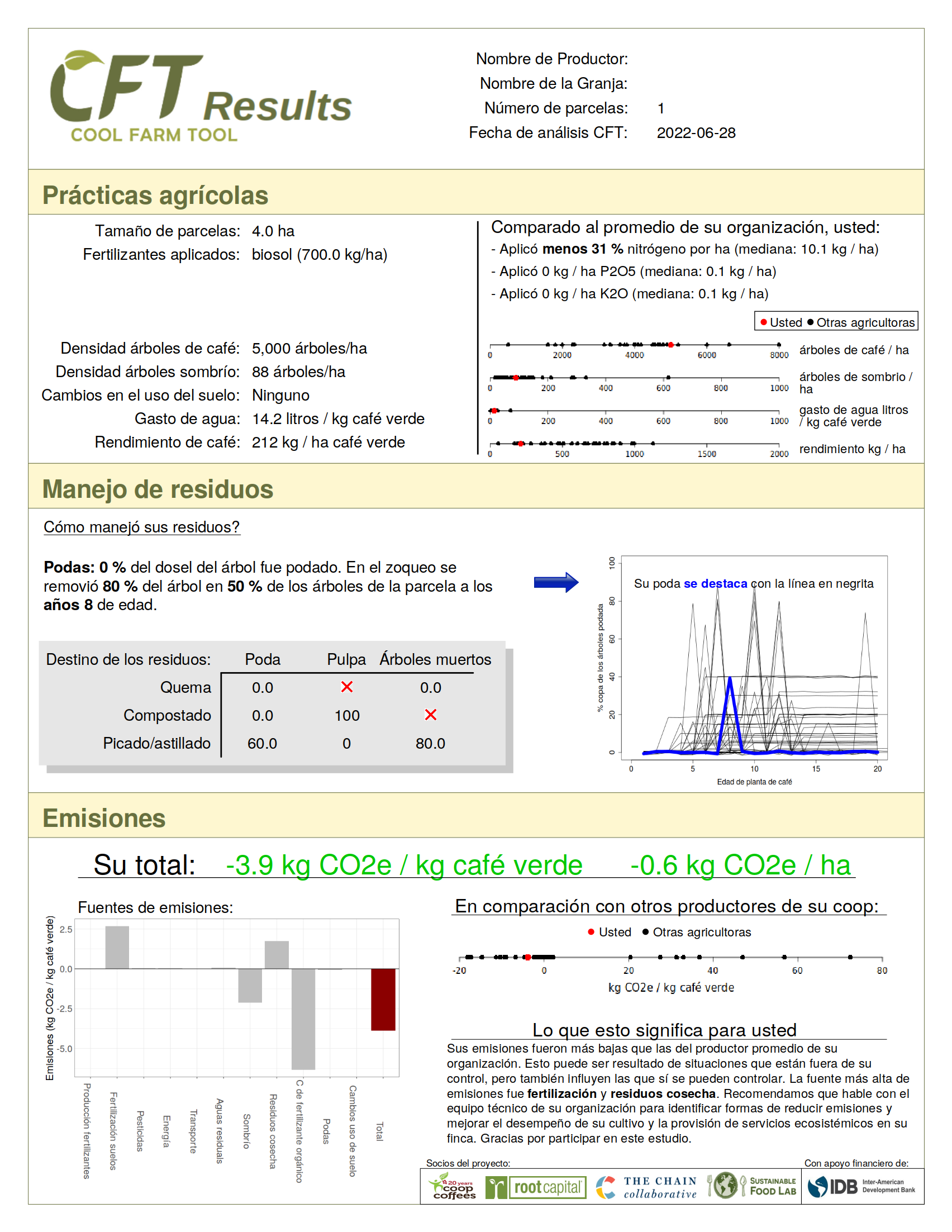Through a number of strategic partnerships and pilot projects, the producer- and roaster-managed cooperative Cooperative Coffees (sometimes styled Coop Coffees) is helping to lead the way for reduced carbon emissions throughout the coffee sector.
The United States green coffee importing organization — whose membership currently includes 23 coffee roasting companies in the United States and Canada — is building on its ambitious Carbon, Climate and Coffee Initiative to reach net-zero carbon production by 2025 while incentivizing biodynamic and organic agricultural practices.
The group has also helped lead the coffee sector piloting of the Cool Farm Tool, an ambitious, multi-stakeholder carbon calculator project geared towards coffee farmers and producers.
Starting with Roasters
Cooperative Coffee’s current climate initiatives go back to at least 2016, when the group enlisted the firm Taking Root to help design a “carbon footprint calculator for roasters who are members of our cooperative,” according to Cooperative Coffees General Manager Ed Canty, who formerly was an Organic and Fair Trade buyer for Green Mountain Coffee Roasters.
Said Canty, “For us, it was important to focus on roasters’ carbon emissions before approaching producer cooperatives about their footprint.”
The Impact Fund
A key component in Cooperative Coffees’ current climate-related efforts is an impact fund that the organization launched in 2015, originally to assist producers in combatting coffee leaf rust and then used for pandemic relief efforts.
The fund is populated by setting aside 3 cents per pound of green coffee purchased, and it currently generates approximately $170,000 annually, according to the group.
Cooperative Coffees’ Impact Manager Melissa Wilson Becerril and the group’s impact committee work with coffee cooperatives to identify some of the most pressing challenges, while working with producer groups to address increased productivity, climate change mitigation and improved market access.
Through numerous projects on the ground, it became clear soil health can dramatically impact farm productivity, according to Canty. This was demonstrated by one of the Coop Coffees’ longtime partners, a cooperative in Marcala, Honduras, called COMSA, which has been able to reach approximately 30 to 50 quintales (1 quintal = 100 kilograms, or 220 pounds) per hectare while maintaining organic production.
“These are some of the highest yields we have ever seen and demonstrates COMSA is a best-in-class organic producer,” Canty told DCN.
Drawing from the impact fund, the organization was able to send 16 different coffee farmers to COMSA’s Diplomatico Organico certificate program to learn about soil health and other farm improvements.
Small-Scale Producers as Leaders
Many coffee producers — particularly small-scale and organic producers — are already doing great work in capturing carbon within their day-to-day operations. For example, while composting can emit carbon dioxide, the application of that organic fertilizer is one of the most impactful ways to ultimately capture more carbon.
Cooperative Coffees has been helping to drive a Cool Farm Tool Pilot Project specifically for the coffee sector in order to better quantify carbon capturing at the farm level. The tool involves seven carbon impact metrics: crop; soil; inputs; fuel and energy; irrigation; carbon; and transport.

Here is an output from the Cool Farm Tool showing an anonymous user. Image courtesy of Cooperative Coffees.
The group is again drawing from its impact fund to support implementation of the tool among participating farms, which are then paid premiums based on actual carbon reduction. Coop Coffees estimates it will distribute as much as $200,000 in carbon premiums to producers this year.
“There is a huge opportunity for organic farmers to also become carbon farmers as we learn how to measure the great work they have always been doing,” Canty said. “We hope to offer [the Cool Farm Tool] both as an industry solution and a way for organic producer organizations to have an even greater impact.”
Does your coffee business have news to share? Let DCN’s editors know here.
Lindsey Mesta
Lindsey Mesta is a specialty coffee professional who has over a decade of experience at origin and is motivated by efforts to improve equity across the supply chain.
Comment
3 Comments
Comments are closed.







All initiatives by the buyers don’t benifit the growers. A small premium is paid for hard work that is needed to incorporate the change and that is negated by the depreciation of the currency at the origin. Buyers must be aware that only with the depreciated currency are the growers meeting his or her cost. As long as the benifit of pricing is not linked to the currency depreciation at the origin the growers will not get compensated.
Awasome
Ashok– thanks for this comment, it is super important to keep in mind the real value of payments for coffee with inflation and currency fluctuations in coffee producing countries. That said, the 3 cents per pound we roasters pay to make up the Impact Fund covered in this article are given to participating co-ops in the form of grants for sustainability projects that they propose as well as to pay for adapting the “Cool Farm Tool” calculator and instituting best practices for carbon sequestration on-farm. So while your point in critical for buyers to understand, it is another issue in terms of how this program works. Thanks.